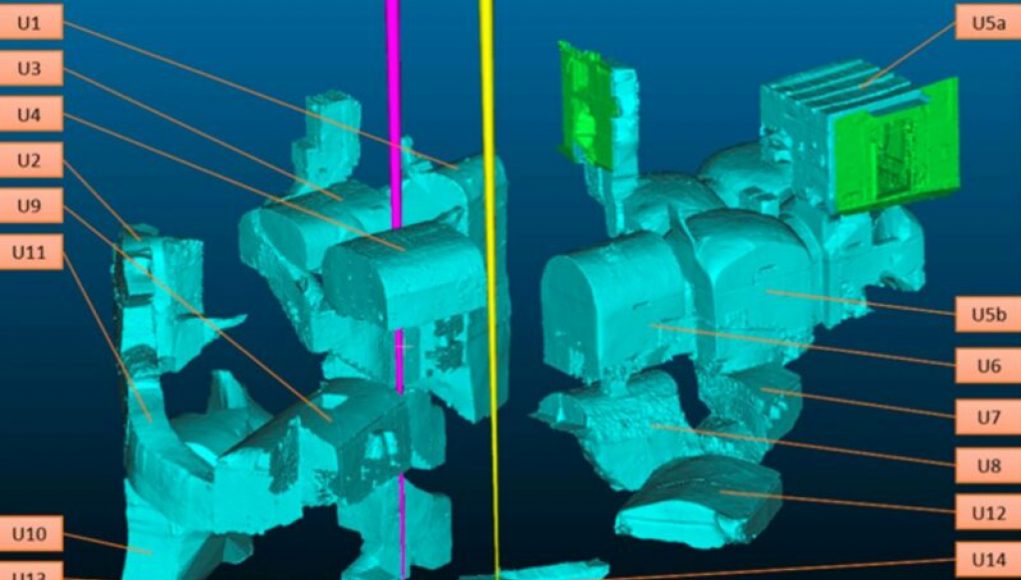Hidden chambers, ancient ruins, and cosmic rays—what do they have in common? Well, they all come together in a fascinating new discovery made by a team of scientists in Naples, Italy. The ancient necropolis of Neapolis lies buried beneath the bustling city, making it difficult to excavate. But with the help of muography, a technique that uses cosmic rays to create images, the team was able to uncover a previously hidden underground burial chamber.
Muography has a long history of being used to image archaeological structures, and it’s easy to see why. Cosmic rays provide a steady supply of muons, which can be used to create images of dense substances like the stones used to build pyramids. Muons are also used to detect illegally transported nuclear materials and monitor active volcanoes.
The team in Naples isn’t the only one using muography to uncover hidden secrets. In 2016, scientists used the technique to detect a hidden corridor behind the chevron blocks on the north face of the Great Pyramid of Giza. And physicists at Los Alamos National Laboratory are developing portable versions of muon imaging systems to unlock the construction secrets of the Cathedral of St. Mary of the Flower in Florence, Italy.
So how does muography work? It typically involves gas-filled chambers, which muons pass through and collide with gas particles, emitting a telltale flash of light that can be recorded by a detector. The higher energy of muons compared to X-rays or radio waves makes it possible to image thick, dense substances. Hidden chambers appear in the final image because they block fewer particles.
The necropolis of Neapolis was a Hellenistic city used for burials from the late fourth century BCE to early first century CE. Buried over time by natural disasters, the site was rediscovered thanks to muography. It’s amazing to think that cosmic rays can help us uncover secrets buried for centuries.
Researchers in Naples have made an incredible discovery using cosmic rays: a magnificent ancient burial chamber with an undisturbed royal tomb.
The incredible chamber, located beneath the city of Naples, is believed to date back to the second century BC. The burial site dates back to the Kingdom of Naples, a period when wealthy dignitaries were buried with great honor.
The discovery was made with the help of cosmic rays – a form of high-energy radiation – using a scanning technology known as “muography.” The technology allowed researchers to virtually slice through the pyramid-like structure hundreds of feet below the city’s surface, revealing details about the ancient burial site including the royal tomb.
The burial chamber is said to have been sealed for more than 2000 years, making the discovery all the more remarkable. Inside the royal tomb, archaeologists have found several items of great value, including bronze and silver artifacts and modern-day vases.
The discovery has shed light on the ancient kingdom, providing a unique insight into the practices of burial and display of wealth from this period. It has also highlighted the extraordinary technological advancements achieved by the ancient civilizations living in Italy at the time, long before the modern scientific tools now available.
The discovery will undoubtedly be a source of great fascination for historians and archaeologists around the world, offering a fascinating glimpse into a forgotten part of Italy’s history.




















